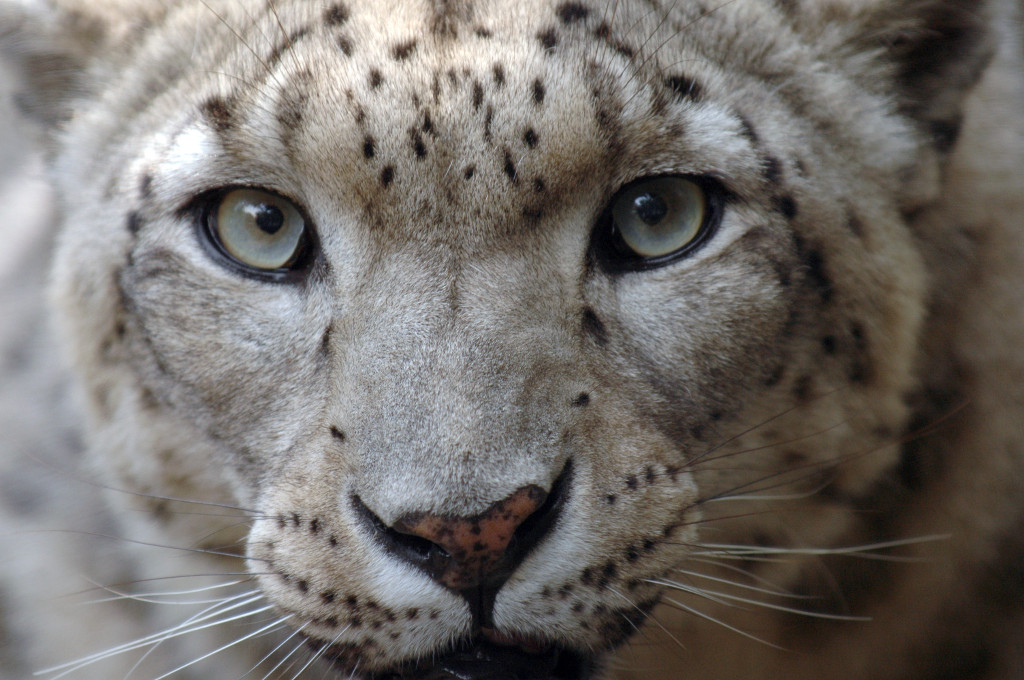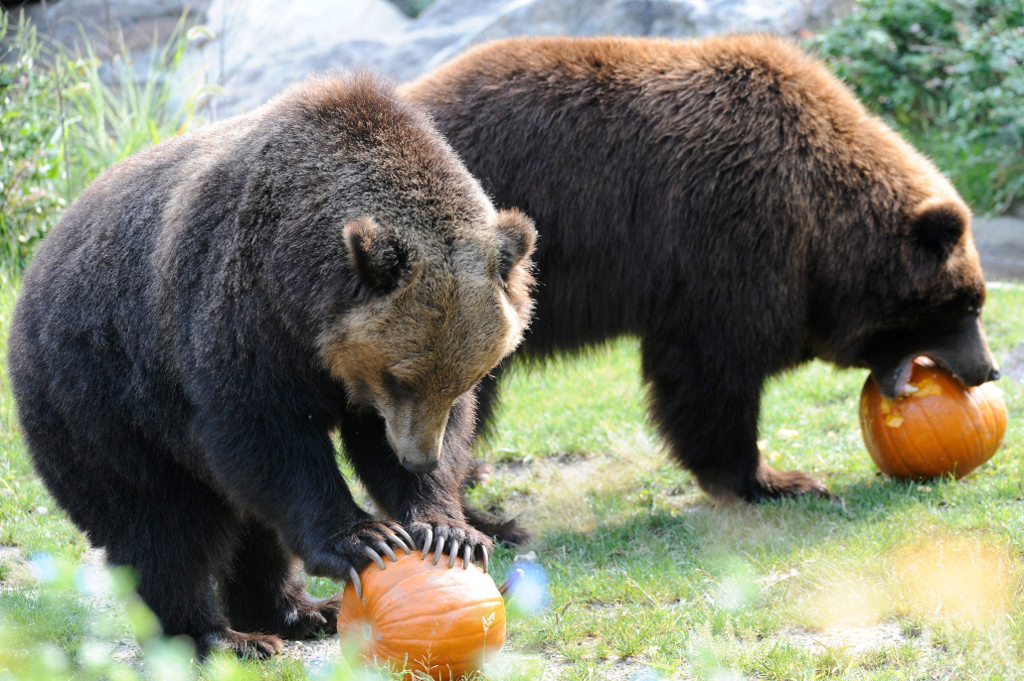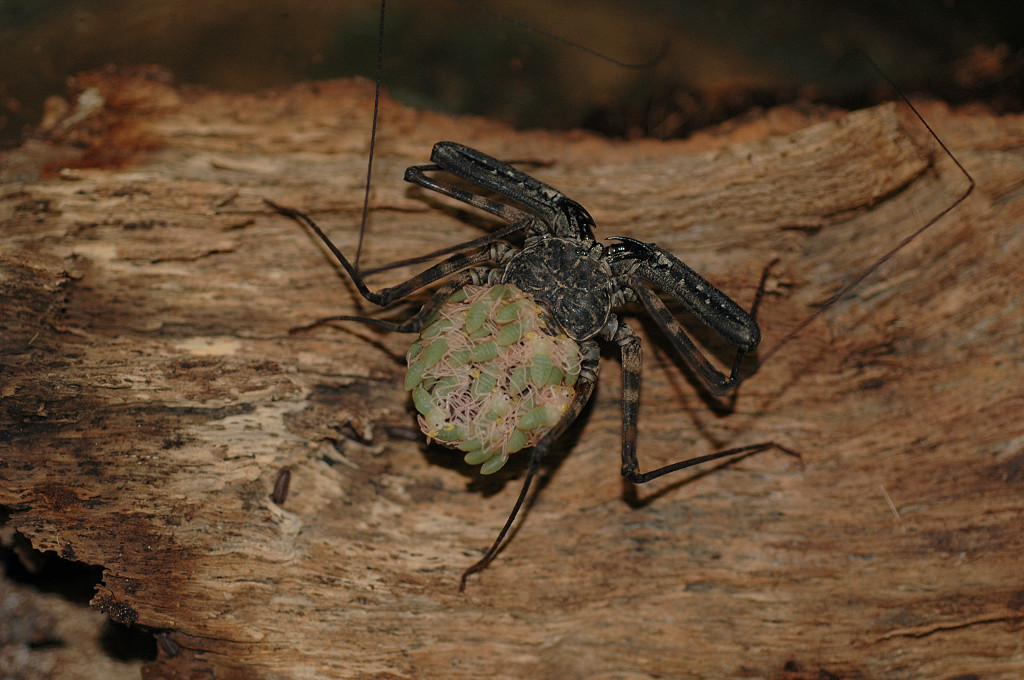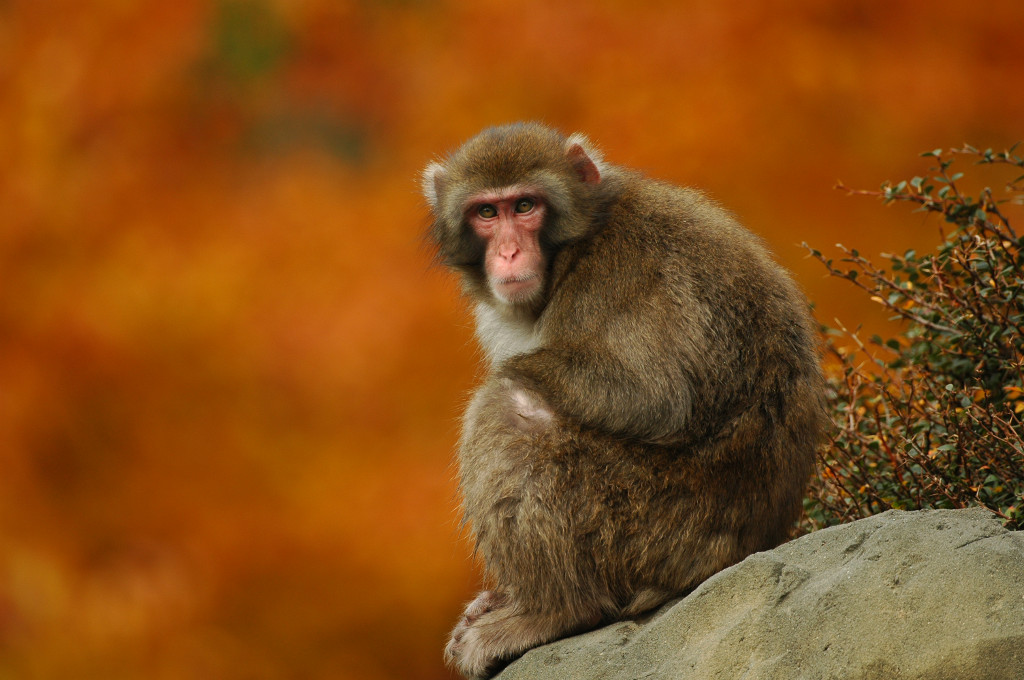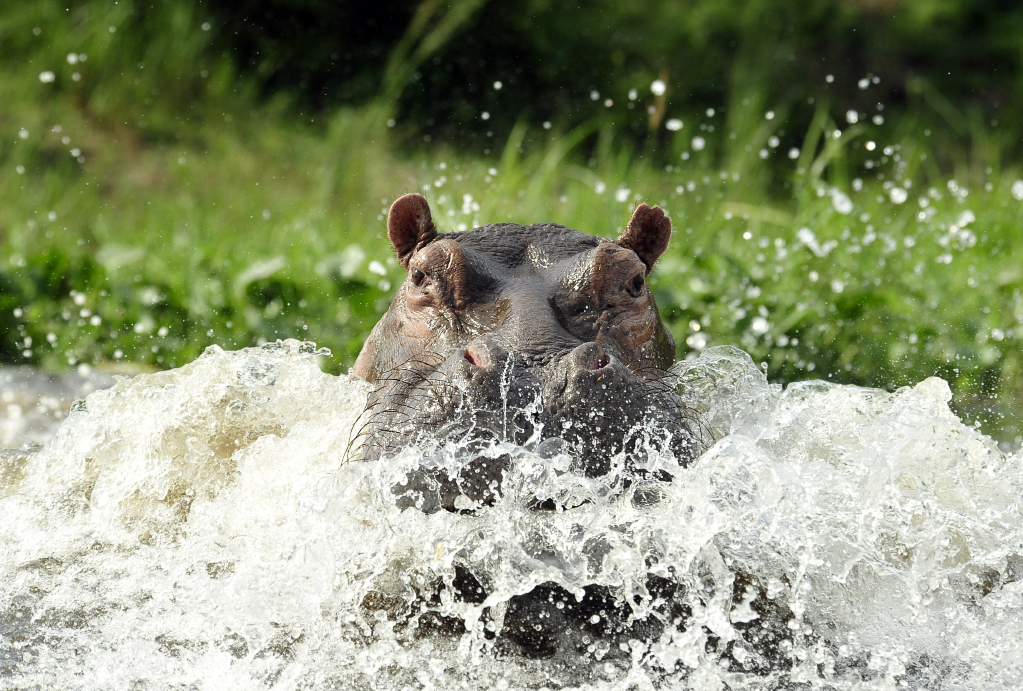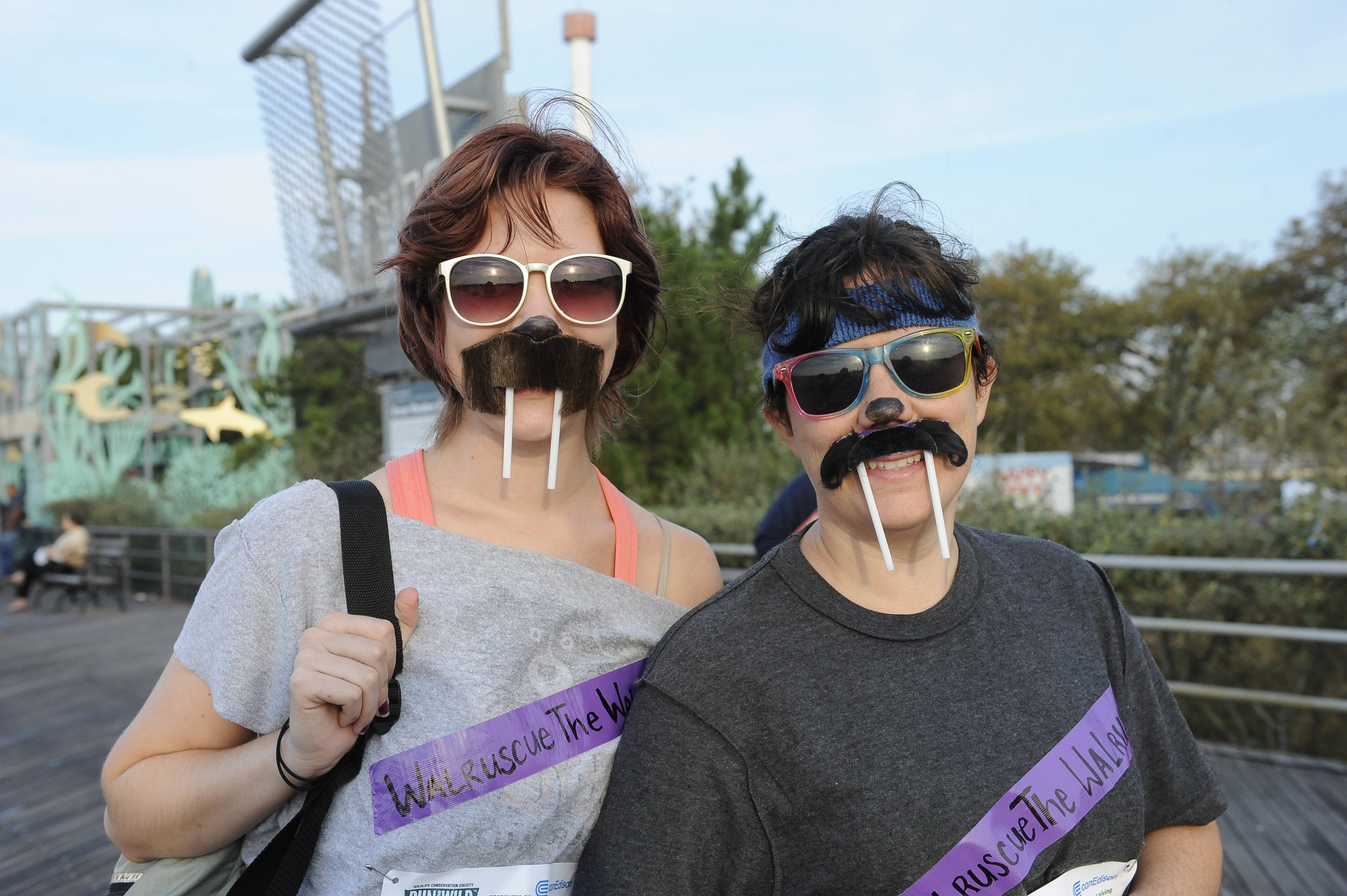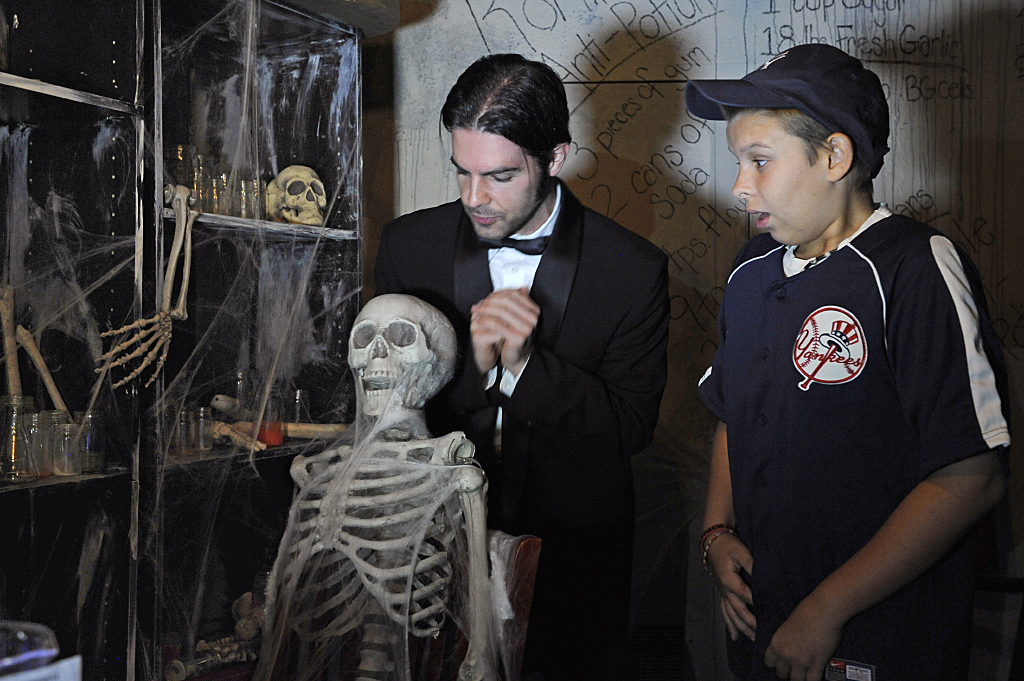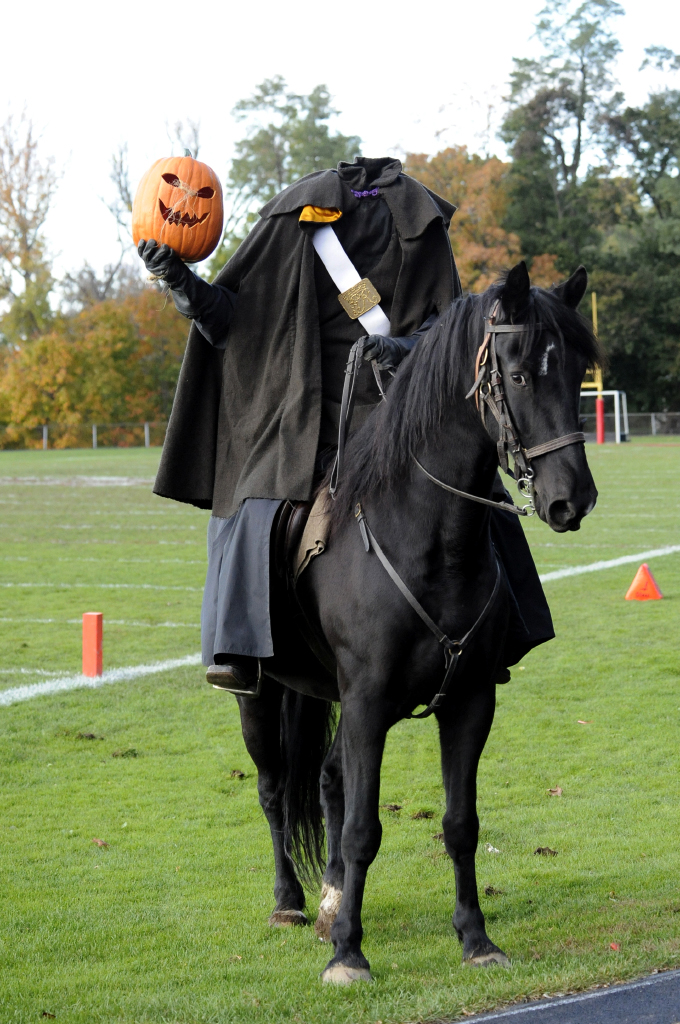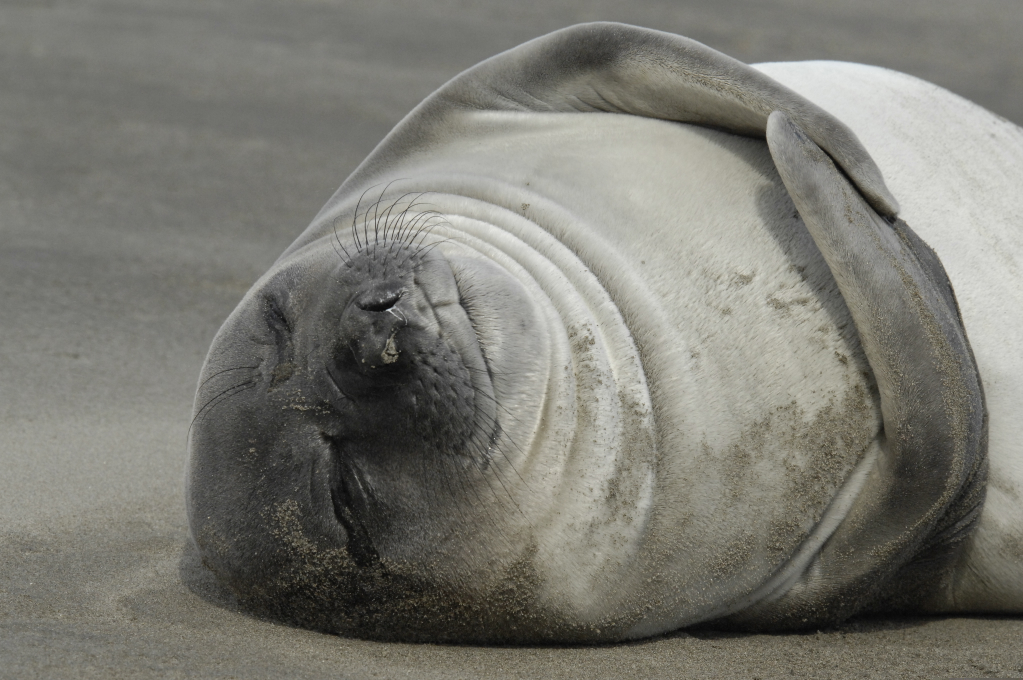M A K E T I M E F O R T I G E R S
Tigers are killed for their pelts, bones, and other body parts, even though selling them is illegal. Overhunting and habitat destruction have caused an alarming drop in tiger numbers. Today, tigers occupy only 7 percent of their historical range.
This Amur tiger lives at the Bronx Zoo, an ambassador for those in the wilds of Russia. He started out about the size of a house cat and could grow to 9 feet in length.
Best time to take the Bronx Zoo tigers’ pictures? First thing in the morning. There are fewer crowds, and the tigers are more active.
Conservation measures are underway to protect these big cats before their numbers and their wild lands shrink any further.
Photo Credit: Julie Larsen Maher © WCS
Source: wcs.org
